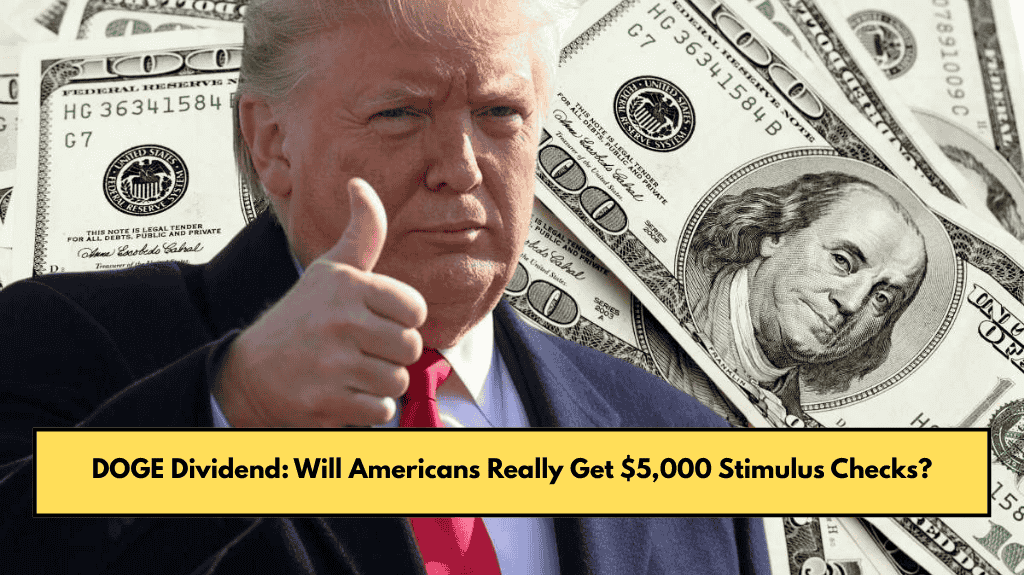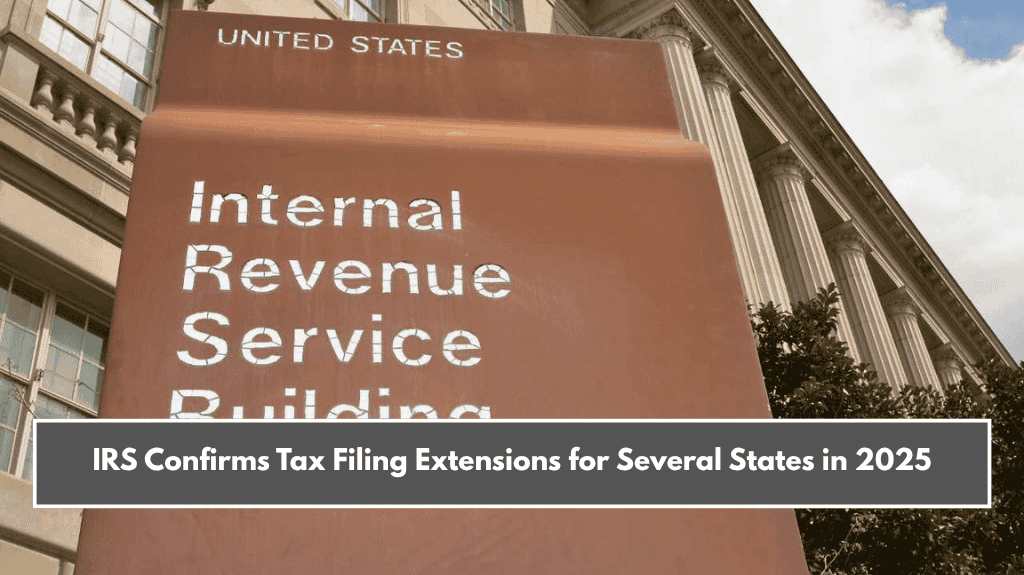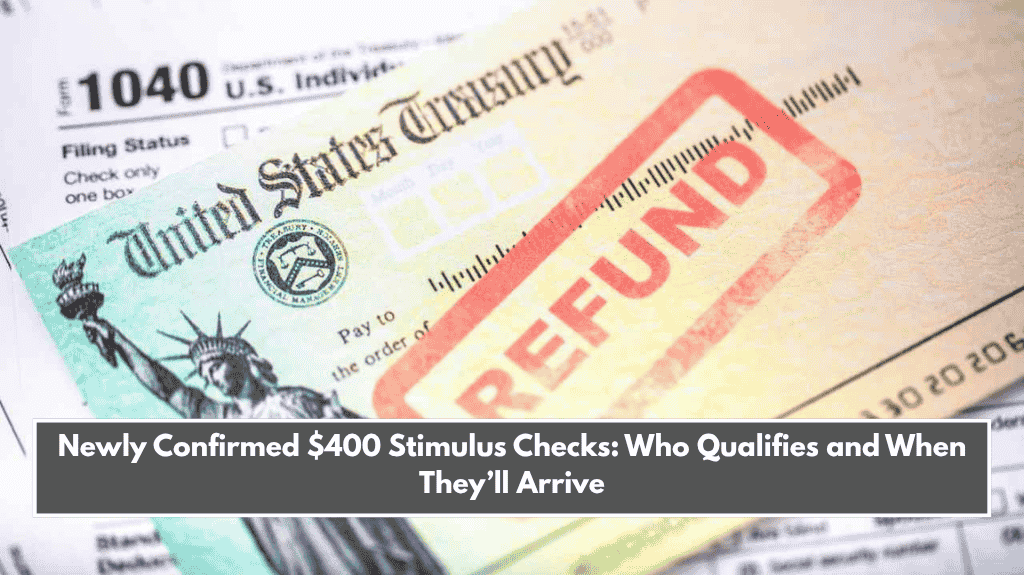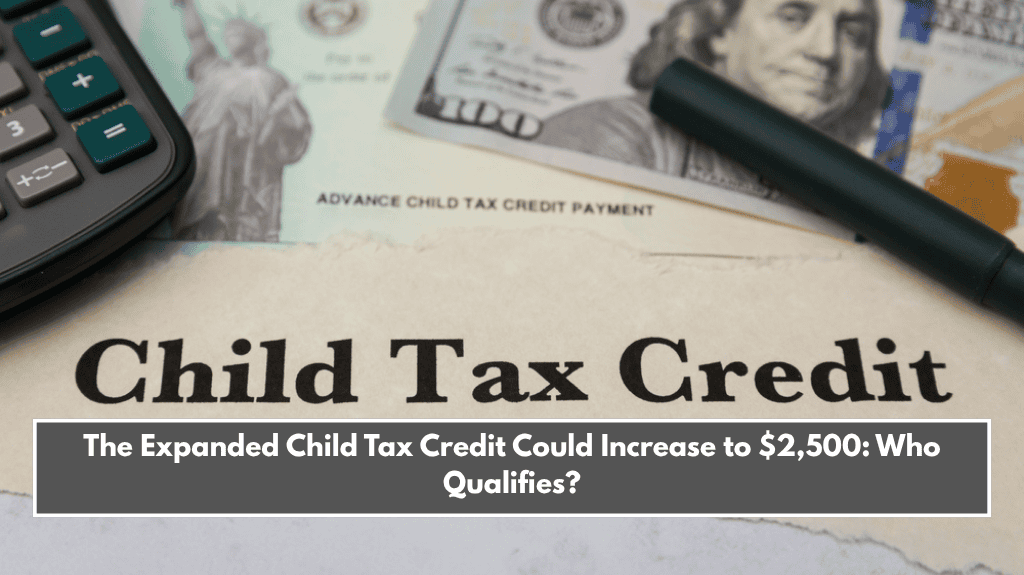The $5,000 stimulus check proposal, called the DOGE Dividend, has been making headlines in the United States. Supported by big names like Elon Musk and Donald Trump, this idea suggests that part of the government’s savings should go back to taxpayers. But despite the buzz, as of April 2025, nothing official has moved forward in Congress, and there’s still no bill or confirmed plan to make it happen.
Let’s break down the facts, what’s been promised, and what challenges the plan is facing.
What Is the DOGE Dividend?
The Department of Government Efficiency (DOGE), led by Elon Musk, was created to reduce waste in federal spending. The plan is simple in theory: if the government can save money by cutting unnecessary expenses, then 20% of those savings would be returned to American households as a one-time $5,000 check.
James Fishback, CEO of Azoria, calculated that if the government saves $2 trillion in 18 months, it could afford to send $5,000 each to around 79 million households, using $400 billion of those savings.
So far, both Trump and Musk have shown public support for the idea—but have not made any official promises.
Is There Any Progress on the Stimulus Checks?
Unfortunately, no official bill has been introduced to Congress yet. Reports from April 8–10, 2025, say that negotiations remain at a standstill. Despite Fishback’s optimism on social media, Congressional sources say that there has been no meaningful legislative action so far.
Also, the Congressional Budget Office (CBO) has raised serious concerns. In February 2025, the federal deficit increased by 5%, reducing the chances of finding enough savings to fund the program. Experts say this makes the plan unlikely to move forward before 2026.

Who Would Be Eligible for the DOGE Dividend?
One of the most debated parts of the DOGE Dividend is its eligibility criteria. Only net federal taxpayers would receive the $5,000 check. This means:
- Households must pay more in taxes than they receive in benefits
- Most households with incomes under $40,000 would not qualify
- Undocumented immigrants would be excluded
- Social Security recipients might qualify only at the household level, not individually
According to the Pew Research Center, about 35% of lower-income families would be left out. Supporters of the plan argue it’s fair, as it gives money back to those who “fund the system,” but critics say it increases inequality.
Is It Similar to COVID-19 Stimulus Checks?
At first glance, it might seem similar to the COVID-era stimulus payments. However, the financing method is completely different.
COVID-19 checks were paid for using federal debt and were given to almost everyone, including low-income and non-working households. In contrast, the DOGE Dividend would be funded only by savings, not by borrowing. Fishback argues this would not raise inflation, but economists warn that injecting $400 billion into the economy could still push up prices by increasing demand.
The DOGE Dividend plan sounds exciting: $5,000 for every taxpaying household, funded by cutting waste in government. But as of April 2025, it’s still just an idea with no legal backing or timeline.
Strong support from Musk and Trump helps keep it in the news, but with no progress in Congress and concerns over the rising deficit, experts say it’s unlikely to happen soon. Whether this plan becomes real or remains political talk will depend on future savings, elections, and actual legislation.















